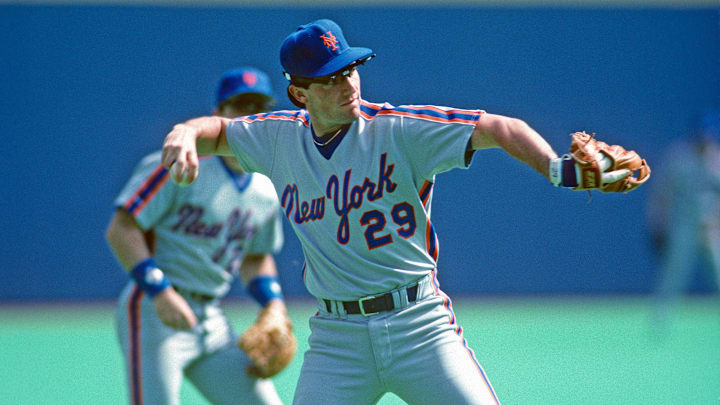Pat Zachry made it clear from the get-go that he was not Tom Seaver but the comparisons still came
M. Donald Grant was notorious for getting rid of player who had the audacity to speak their minds. In today’s era, it’s truly hard to fathom anyone actually having the audacity to stand up to a player. No matter the era, the fact that Grant was going to target, and victimize, Tom Seaver, was a huge miscalculation.
Grant underestimated how much Seaver meant to the organization and, more so, the fans. Frankly, Grant didn’t care what Seaver meant to the organization, because he ran the club like people today run a side hustle. If it brings in some money, that’s all that matters. As long as you don’t have to spend money. And Grant really didn’t care about the fans as long as they were the ones spending the money. He didn’t realize that they would eventually run him out of town.
Be that as it may, the trade of Seaver happened on June 15, 1977. And in return, the Mets got a package of pitcher Pat Zachry, second baseman Doug Flynn, and outfielders Steve Henderson and Dan Norman.
Truth be told, Henderson was the jewel of the group. He was the hot prospect – the five-tool player that every other organization coveted. The Mets were almost willing to take him straight up for Tom Terrific. But that would have made the bad public view even worse, if that was even possible. So they insisted that they had to get someone in return to replace Seaver in the rotation, and that person turned out to be Zachry.
Zachry had was the co-winner of the National League Rookie of the Year Award in 1976 when he went 14-7 and a 2.74 ERA with the Reds. Now you have to remember that the 1976 Reds were called The Big Red Machine and they were called that for a very good reason. They were a team loaded with superstars and future Hall of Famers. And they could flat out hit and put a LOT of runs on the board and they could field with the best gloves in MLB history. Both attributes are what pitchers are thankful for. Because they can pitch stress-free.
The Mets were nowhere NEAR in the league of The Big Red Machine. And, to be honest, Zachry, while an excellent pitcher, he was NOT Tom Seaver.
And that is the shame of it all. It would have been tough enough for Henderson to be looked at as the centerpiece of the “Seaver trade” for years to come. But he didn’t really catch the ire of the fans when he failed. That ire was directed at Pat Zachry and it was so undeserved.
There were two things that Zachry and Seaver both had in common, they were both right handed and they were both down and dirty, tough as nails, competitors. Nobody wanted to win more. But the Mets were bad, and Zachry was no savior. And he felt it and took it hard.
Zachry actually spent parts of six seasons in a Mets uniform and pitched well when the Mets were absolutely awful. He even was selected to represent the Mets in the 1978 All Star game.
Soon after, during a game against his former team, he left the game and when he entered the dugout, he went to kick a batting helmet and missed, severely injuring his foot and prematurely ending his season. He was never really the same after that.
Zachry’s success in his short stint with the Reds was not indicative of what he would do with a team that was in the catacombs of baseball. It was an error in judgment to trade Seaver. And it was a bigger error in judgment to expect anyone to actually replace him in the rotation. And it was an injustice to have the unreasonable expectations of a great teammate and competitor like Pat Zachary.
